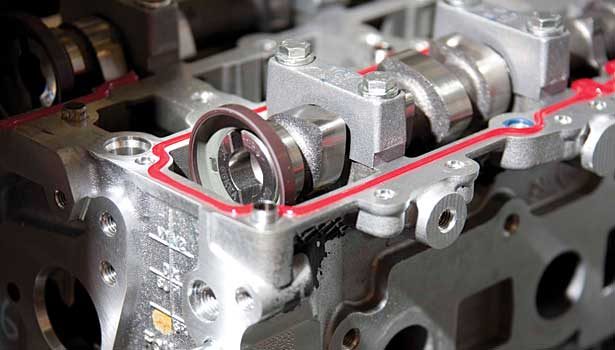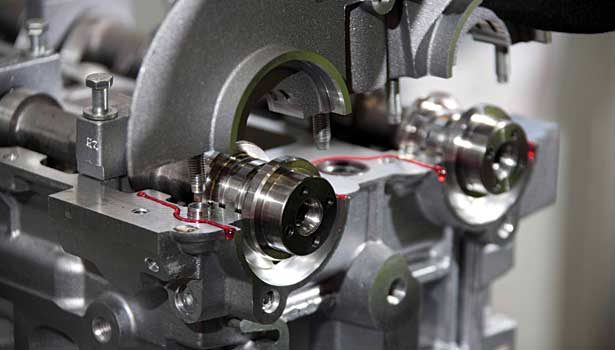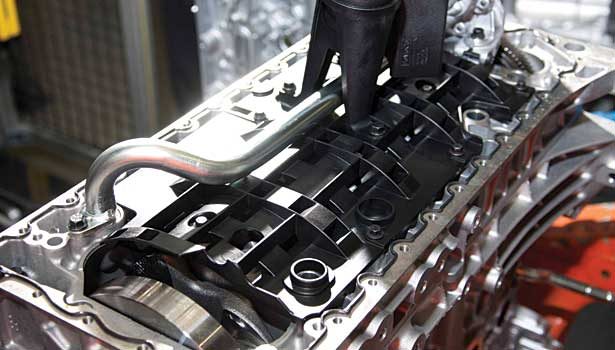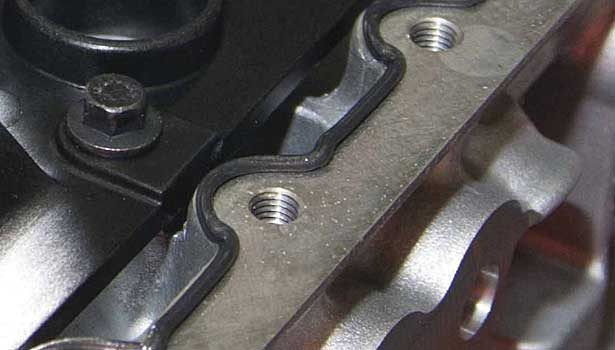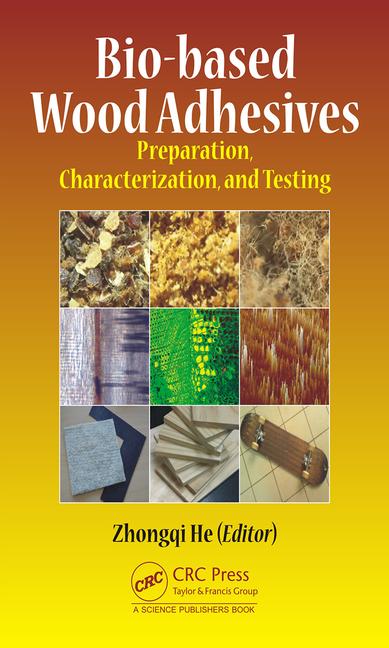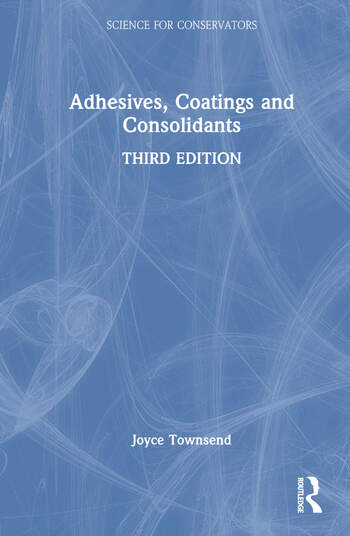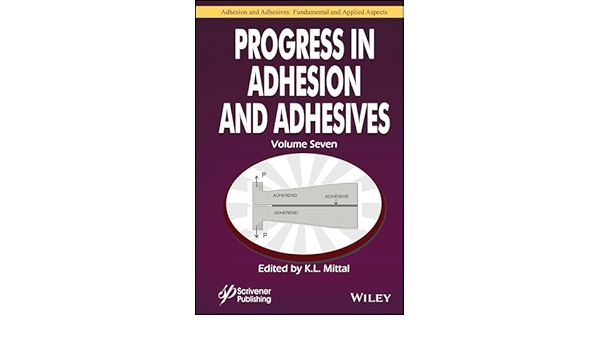The Ford Motor Co.’s one-liter Fox engine will reportedly soon be manufactured across the globe. Designed at the company’s Dagenham Diesel Centre (DDC), it has the highest output per displacement of any high-volume production engine on the market, with a power output of 124 hp. The engine, which will be standard in the Ford Focus and many other future models, features technological improvements such as the use of Loctite 5900 room-temperature-vulcanizing (RTV) silicone for sealing the highly stressed joints.
The powerful new engine is small and more highly stressed than old designs—a common industry trend and one to which Henkel gasketing products have responded. To meet the need for a flexible product to accommodate the increased vibration, Henkel recommended its Loctite 5900 silicone for sealing oil pan and front cover joints. When cured, the thixotropic black paste offers excellent performance in engine oils.
“The Ford design rules dictate that the walls of an engine block should be a certain thickness,” said Tsunou Chang, Liquid Sealing specialist for Ford. “But progress comes out of challenging traditional ideas, and our designers had proved in studies that thinner walls were do-able. But that meant the RTV process had to seal the engine with reduced wall thickness, and that presented Henkel with a challenge.”
Specially Developed Anaerobic Adhesives
Also used on the Fox engine is Loctite 5182, an anaerobic gel adhesive that has been modified specifically for Ford’s use in sealing cam caps. Sealant beads are small on this engine, so it is essential that the gel is dispensed accurately and bubble-free to avoid the bead breaks that can compromise engine sealing. As a result, this product is now centrifuged during the production process to prevent such an occurrence.
Loctite 5182 was also a contender for the fuel pump cover seal on the Sigma engine manufactured at Ford Bridgend. This is a new Ecoboost engine that is also highly stressed; although the 5182 product worked for the small Fox engine, tests confirmed that a flexible anaerobic sealant would be needed for the larger Ecoboost. Swift development and testing processes ensued, resulting in Henkel’s introduction of Loctite 5188, its new best-in-class product for anaerobic gasketing.
Liquid Gasketing
Loctite RTV and anaerobic products create self-forming gaskets that provide a seal between components, with maximum face-to-face contact, eliminating flange
“One major benefit with RTV is that these variations can be easily programmed so that we can process different engines on the same production line. This simply isn’t viable with hard gasketing.” |
face corrosion. A low-pressure seal is formed immediately on assembly, with full cure in 24 hours, giving a joint that won’t shrink, crack, or relax. These products are suited to automatic dispensing, meeting Ford’s cycle time requirements with maximum repeatability.
Although the automatic application of the Loctite products involves similar capital expenditure to hard gasketing, it is their ongoing flexibility where substantial cost savings are found. “Engine variants have different bolt hole patterns and coolant routes with varying numbers of ports,” Tsunou Chang said. “One major benefit with RTV is that these variations can be easily programmed so that we can process different engines on the same production line. This simply isn’t viable with hard gasketing.”
Relaxed Tolerances
Another benefit of Loctite liquid gasketing is that it can seal rougher surfaces and higher porosity; that is, where tolerances allow, no secondary finishing is necessary. In addition, surface pitting isn’t an issue with today’s new aluminum alloys. By comparison, hard gasketing carries a variety of more stringent Ford production rules with regard to surface finish and is therefore a much more demanding technology to use. RTV also offers reduced inventory over conventional gaskets.
Compression gaskets need high clamp load and tend to relax under dynamic load and decrease in thickness, resulting in loss of bolt tension in the flange joint and the potential for leakage. Loctite gasketing materials require much lower clamping forces, do not relax, and therefore maintain clamp load.
For more information, visit www.henkel.com.
